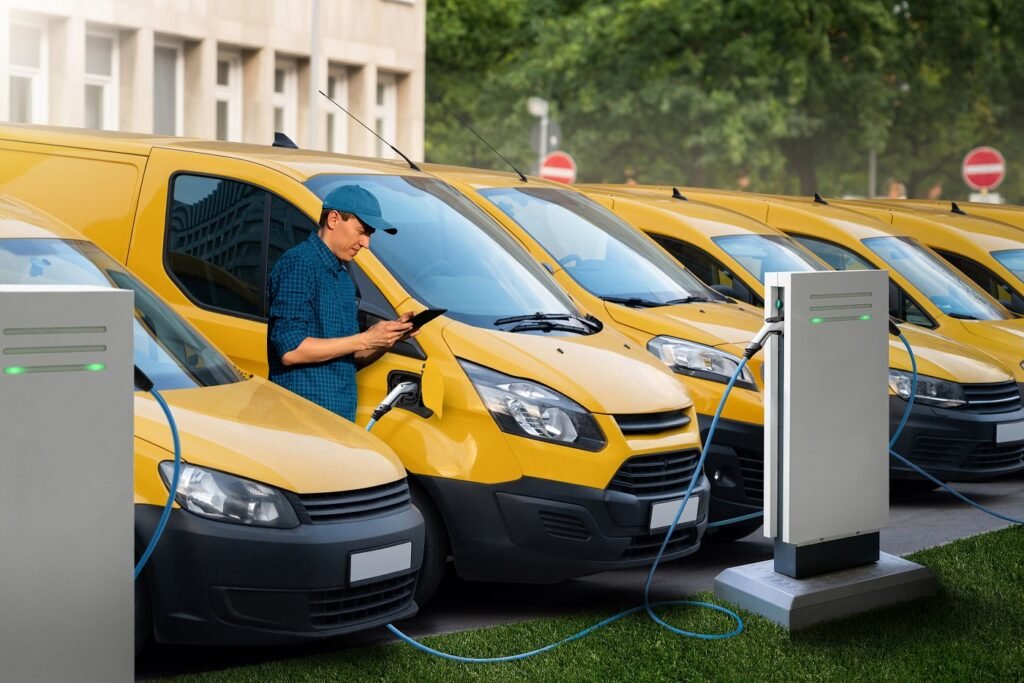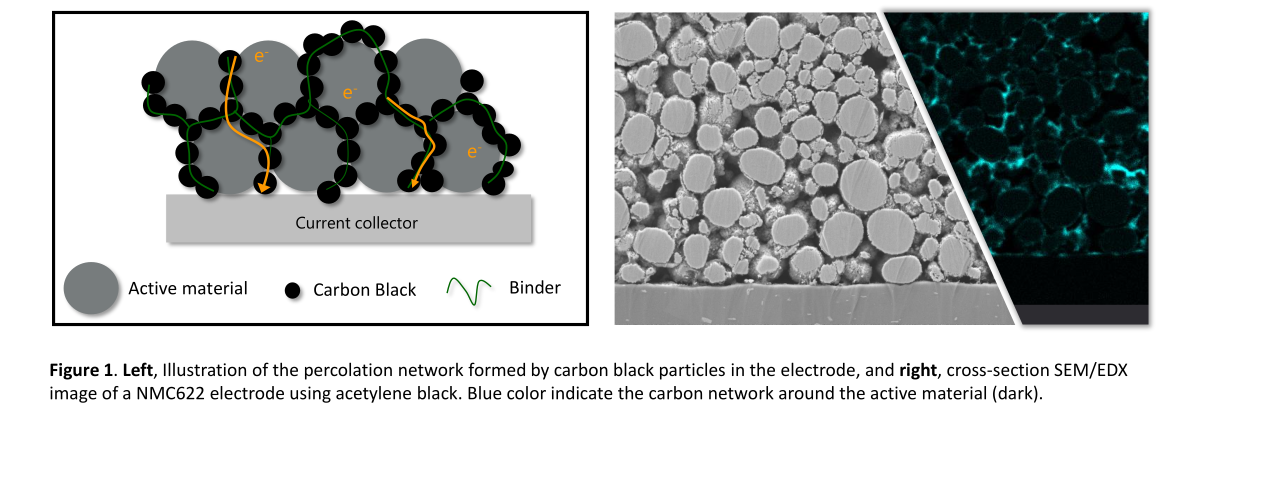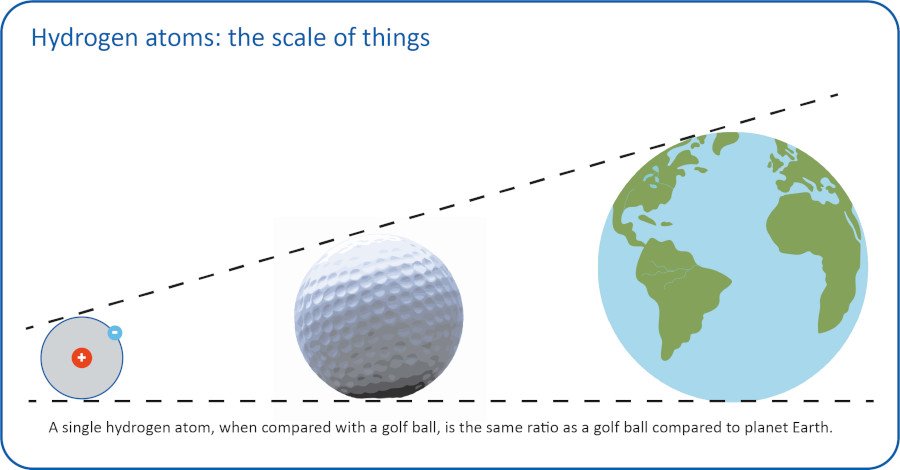Can servitization help drive electrification?
New business models and the electrification of last mile delivery vehicles ~
The road freight sector is responsible for nine percent of global greenhouse emissions. Electrifying vehicle fleets is top of the agenda for reducing the environmental impact of the sector, and last mile delivery vans are a key area of focus. Here, Roger Brereton, Head of Sales at steering system manufacturer Pailton Engineering, explains how the servitization model can help accelerate this trend.
The last mile or final mile of a delivery is the most cost-intensive factor in the process of getting deliveries to doorsteps. However, it is also arguably an area where there is greater potential for vehicle electrification. Heavier vehicles are much harder to electrify, primarily due to the weight of the vehicle and the heavier batteries needed to propel them. Range anxiety is also a major issue.
For electric last mile delivery vans, these issues are more easily overcome. The vehicles themselves are smaller and lighter, therefore requiring smaller batteries to keep them on the road. Range anxiety is also less of a problem because unlike heavy goods vehicles, last mile delivery vehicles are intended for much shorter journeys. Add to this the financial incentives introduced by emission zones in urban areas, and the case for electrification is commercially appealing for many in the sector. In our business, we are seeing this impact, with an increasing number of enquiries about parts for electric last mile delivery vans.

However, aside from the lack of infrastructure, one of the remaining challenges many companies face is the higher upfront costs. The cost of maintaining and running the vehicles might be lower than their diesel equivalents, especially thanks to charges in emission zones penalising the latter. However, for many smaller or medium-sized logistics companies, the initial costs can be a major deterrent.
The servitization model
In many sectors, the shift from the sale of products to the provision of services on a subscription model has already had a revolutionary impact. The best-known example of these as-a-service models are Spotify and Netflix, who effectively sell media as a service.
The basic principle can be easily transferred to other sectors. For example, you can pay x amount of money to keep a fleet of vehicles on the road for a month, rather than paying to own the vehicles outright. Aftersales support is already a form of servitization, where customers pay for ongoing maintenance and technical support, rather than just the vehicle itself.
The servitization model can be used to help companies adopt technologies with sustainability benefits where higher upfront costs are a deterrent. For example, Phillips provides light-as-a-service for Schiphol Airport in the Netherlands. The airport enjoys a fifty percent reduction in energy consumption costs, without having to purchase the expensive LED lights outright.
The incorporation of as-a-service models into the logistics sector could accelerate the uptake of electric vehicles, allowing smaller companies to pay to use them on a monthly subscription rather than having to purchase up front. Much like the airport in the example above, they would enjoy the benefits of reduced running costs but without the extra expense of a full purchase.
In the UK, freight transport is responsible for one third of overall transport emissions and road freight accounts for 77 percent of that total. The shift toward electrification for last mile delivery vehicles will be an important step in helping make transport more sustainable, and alongside technological innovation, new business models can play a role in easing the transition to electric.
Pailton Engineering designs and manufactures custom steering parts for commercial vehicles. To find out more, visit pailton.com







